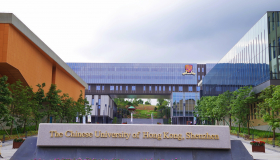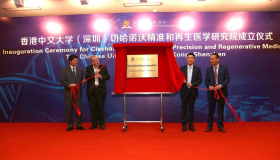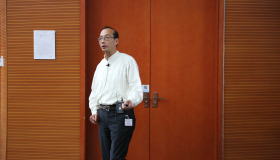Event Review || The Concept and Innovation of Technology Translation
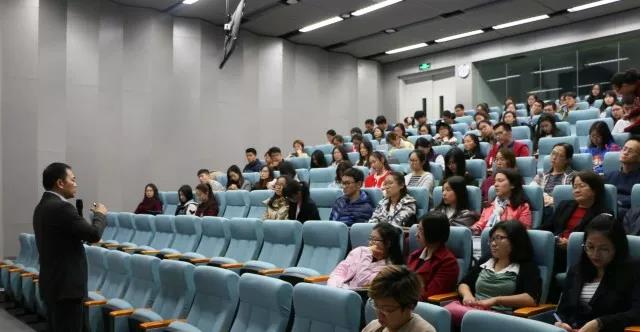
Mr. CHEN Shengquan first briefly introduced the translation activities in HUAWEI during the past two decades, and the company’s efforts in localization. As HUAWEI has been a strong player in global markets, the translators of the translation centre are responsible for the company’s global promotion and communication. To that end, three unique values of language service at this international company are proposed - the language service should 1. improve product Internationalization and localization, 2. be in line with the corporate culture and global operation, and 3. be helpful for HUAWEI’s global business development and branding campaign. That’s what the HUAWEI translators are to achieve.

Then, Mr. CHEN compared the literary translation and professional translation, with distinguishing the one from the other. Different from literary translation, professional translation is the one that always aims to successfully pass on information and make the translation accessible to target readers. Further, before doing a professional translation,the translator should firstly figure out the purpose of the activity, hence he/she is able to produce a target text that can properly serve the aim.
To achieve such an aim, the localization in translation activities is proposed. In his speech, Mr. CHEN upheld this concept in product customization and brand promotion. Illustrated by the examples of HUAWEI’s product promotion, Mr. CHEN vividly showcased the practice of intralingual, interlingual and intersemiotic localization. He held that localization should root into the cultures of both the source and target languages, or it make no sense.
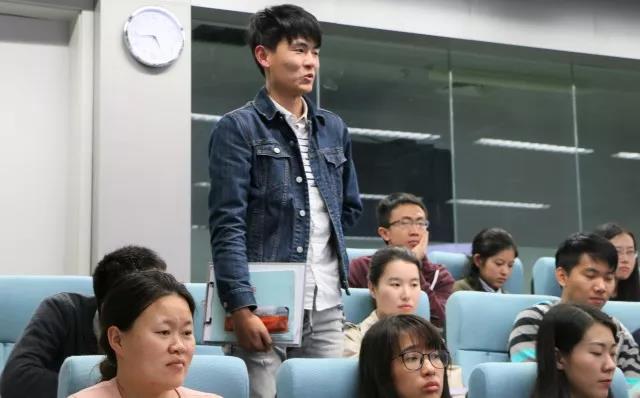
Moreover, Mr. CHEN introduced the applied technologies and innovations in current translation activities, especially the technologies used by the HUAWEI Translation Centre. He compared the translations produced by machine and human translators, stating that MT had been capable of producing rather satisfying translation of professional texts. However, Mr. CHEN soothed us by the fact that high-quality translation activities in most domains still relied on human translators, and the MT currently was used to improve human translators’ efficiency.

In this informative speech, Mr. CHEN Shengquan displayed a picture of professional translation. His introduction of localization and translation technologies had updated our knowledge about the translation industry, its trend of development and the requirement of being a translator. We believe that this speech is enlightening for the students of translation and interpreting studies.


